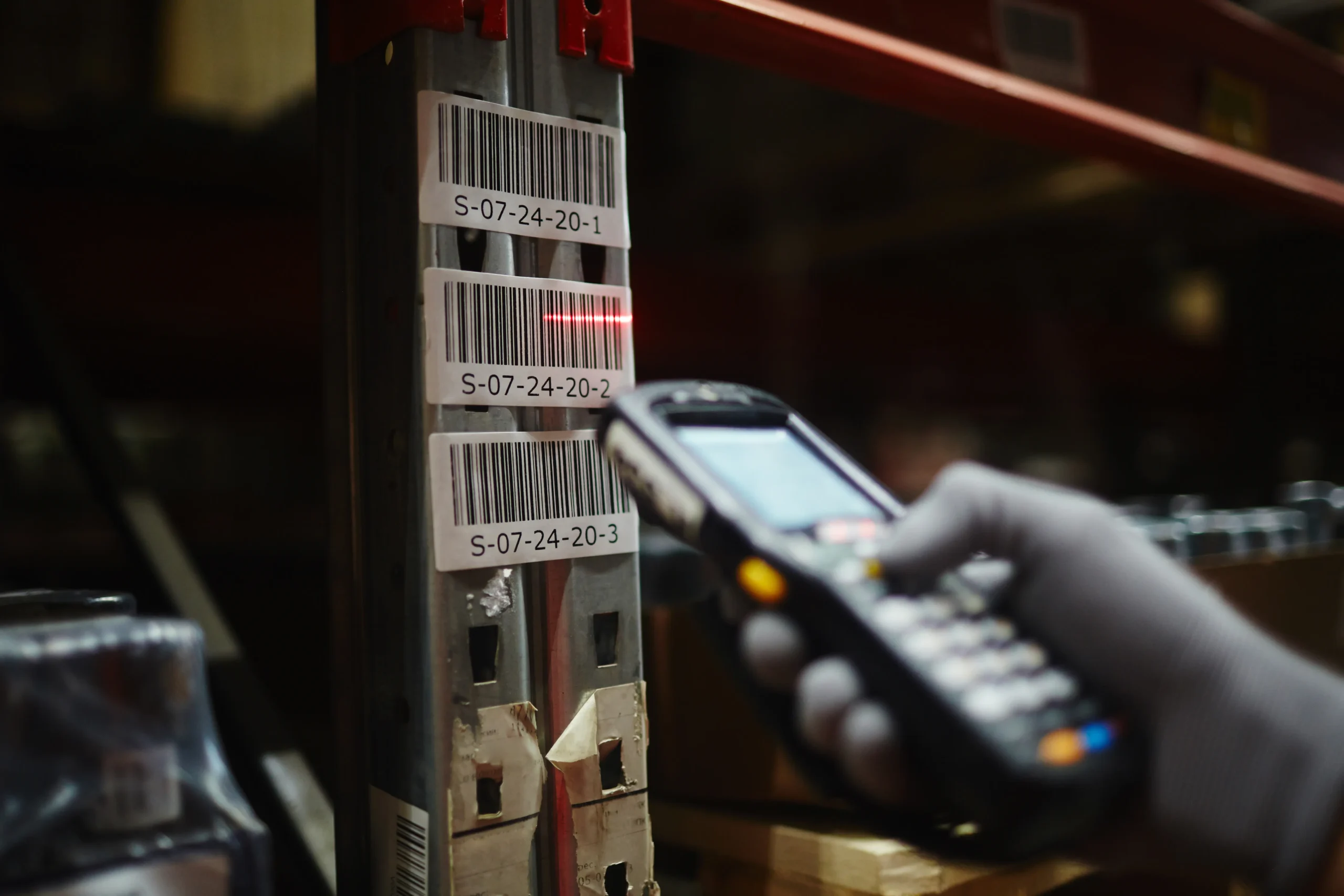For many businesses with their own fleet logistics operations, it is no longer just about tracking individual orders and items through the delivery operation, it’s also about tracking their own assets through that journey.
In that ever more complex world, asset tracking and the technology associated with it continue to gain popularity.
But, what is asset tracking and how does it work?
Put simply, asset tracking is the process of monitoring and tracking your businesses physical assets.
These can be anything from vehicles, tractor units, trailers, totes, pallets, roll cages and, of course, inventory so you can keep tabs on their location, status, and condition throughout your organisation.
This ensures efficient use of assets, cost reduction, and better service, which is why businesses are investing an average of £80 per asset annually for tracking inventory, equipment, or vehicles.
How asset tracking works
Asset tracking uses unique identifiers like barcodes or RFID (Radio Frequency Identification) tags that are tagged onto items or groups of items so that they can be scanned to provide real-time data on asset movements and conditions.
Asset management or their equivalent in a business can then leverage this data to organise, maintain, and in some instances upgrade assets, maximising their value and lifespan as the recovered items are reused or recycled.
To put asset tracking into a real-life use case, a pharmaceutical distribution company using Stream may leave a number of totes with a customer which were used to transport an assortment of medication. That company wants to be able to easily retrieve the totes at a later date as they know the precise location and quantity to be collected.
In another use case, a business supplying water cooler bottles to companies wants to know the number of full bottles dropped off with a customer on each delivery and how many bottles can (and are) collected each time.
This streamlines the entire process from touchpoint to touchpoint and also helps to reduce waste, prevent loss, and improve overall operational efficiency.
The benefits of asset tracking
Equipping drivers and warehouse workers with mobile devices and applications that facilitate the scanning and recording of assets ensures a high degree of accuracy, accountability, and traceability.
Asset tracking systems in general streamline operations by providing real-time data, cutting down time spent searching for assets such as equipment, tools or inventory.
Research has found that 74% of asset tracking projects either meet or exceed ROI expectations with in-house solutions underperforming external solutions.
Knowing where assets are and their status allows for better planning and allocation of resources, reducing delays and downtime while also helping to prevent theft and aid item recovery.
They also lead to significant cost savings by preventing loss, optimising maintenance and generally streamlining the supply chain.
For e-commerce businesses, this can translate to more timely deliveries and enhanced customer satisfaction.
The key technologies powering asset tracking
- RFID technology uses radio waves for real-time asset location and status, making it ideal for businesses with large inventories.
- GPS tracking works through receiving GPS signals from satellites and is commonly used in fleet management for monitoring vehicle movements, optimising routes and tracking deliveries or collections.
- Barcode systems offer a cost-effective solution for smaller businesses to access and update asset information quickly.
- Scanning devices, typically in the form of a rugged mobile device or mobile phone, allow for information to be captured by scanning barcodes and QR codes.
Dimitris Paraskevopoulos, Senior Analyst at IoT Analytics, commented on the shift in industry trends due to asset tracking and what businesses are now seeking in asset tracking technology:
“Asset tracking has moved from a niche IT initiative to a core operational priority. Our latest IoT Analytics research reveals a significant 74% of asset tracking projects are delivering tangible ROI.
This success is fundamentally shifting buyer expectations beyond just features. Today’s adopters are looking for holistic value, where cost-effectiveness, security, and integration are critical decision factors. Furthermore, support services are emerging as crucial differentiators, directly impacting customer satisfaction and long-term adoption.”
Overcoming challenges
While beneficial, asset tracking comes with challenges like data security, system integration, employee adoption, and financial investment.
Businesses should implement strong security, work with experienced vendors for seamless integration, provide thorough training to ensure smooth implementation and maximise benefits, and ensure they have the cash to invest in the various technologies required.
Conclusion
Overall, asset tracking is an effective tool for optimising logistics and fleet management, hence the continually increasing investment in the technology.
By understanding its fundamentals and implementing the right systems, businesses can boost efficiency, cut costs, and enhance customer satisfaction, all while contributing to a more sustainable supply chain.
By leveraging technologies like RFID, GPS, barcode systems, and complex mobile devices businesses can achieve heightened visibility into their physical assets, from their precise location and status to their condition.
While challenges such as data security and system integration exist, strategic planning, collaboration with experienced vendors, and comprehensive employee training can ensure a successful implementation and a robust return on investment.
For further reading on the topic, take a look at our analysis on the importance of asset tracking in logistics.
Want to see Stream’s Asset Tracking in action?
Schedule a demo of the feature with one of our experts.



